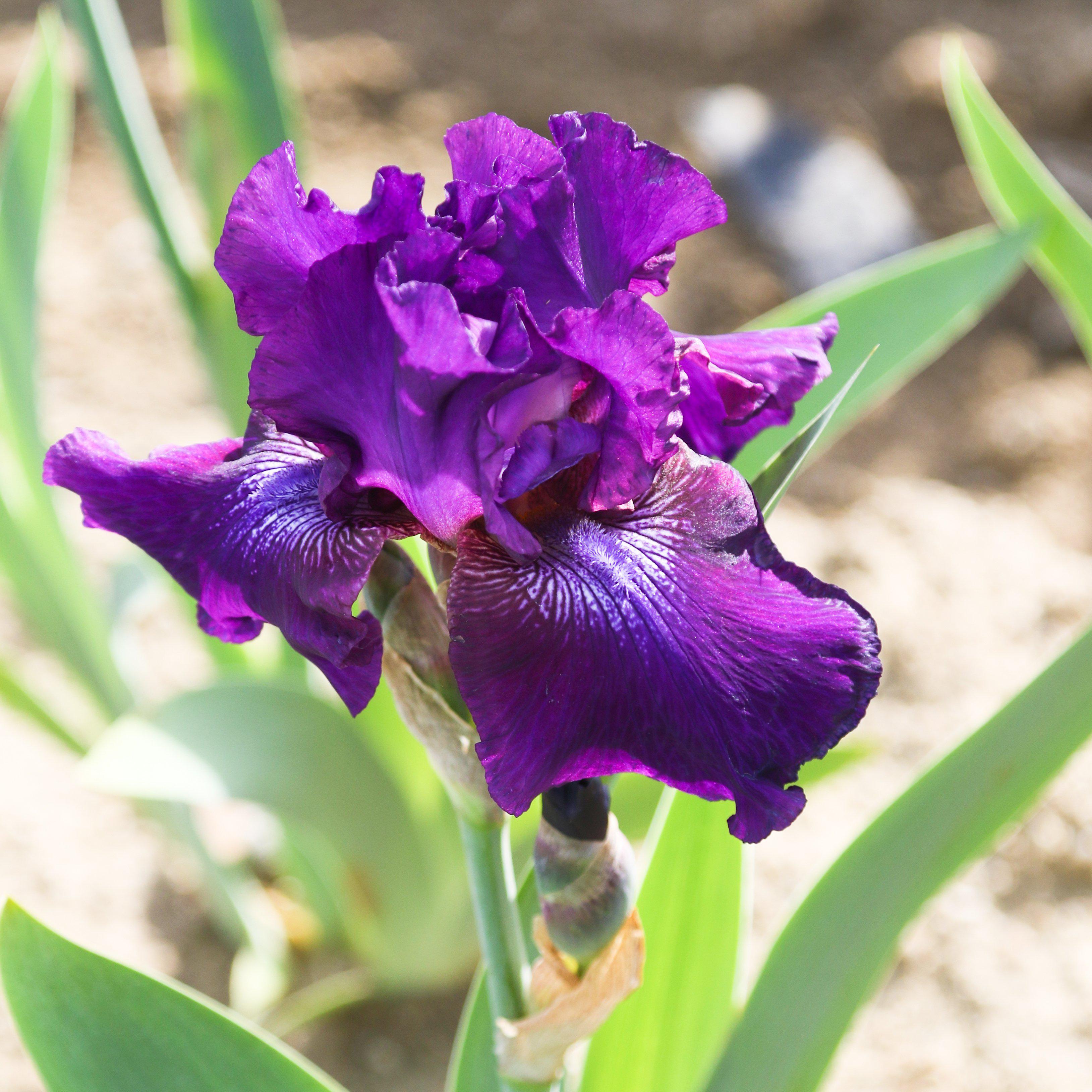

Because of this, good drainage is very important for this and any drought tolerant plant. Irises are drought tolerant so, of course, they don't like soggy soil, which can lead to rot.

I did this by mulching around them with pine needles, and amending the soil with used coffee grounds. When we lived in central Florida, the soil was on the alkaline side, so I had to increase the acidity of the soil. If your soil is very acidic, sweeten it with a bit of lime.

The time of bloom indicated in the descriptions is when they bloom for us and height of spike is approximate for our growing conditions. Dwarf iris, in general, do not grow well unless they have two months or more of really cold winter. They will flourish in country areas and areas which have a colder winter. Tall beardeds can be chosen for their successful cultivation in the Sydney district. The dwarfs flower first in the season, usually in August, followed by the medians with the talls the last to flower. Dwarfs grow to a maximum height of 40cm, medians from 41cm-70cm and tall beardeds are above 70cm in height. Once planted the rhizomes should be well watered in for about three weeks to a month and then treated as a normal garden plant.īearded iris are classified according to height of bloom spikes and bloom period. Clumps should be lifted and divided every 3-4 years. For best results, planting should be done between November and April but bearded iris can be moved at any time of the year without risk of loss. If desired, a massed effect can be achieved quickly by planting three to six plants of the one variety in close proximity. Rhizomes are best planted at a distance of 30cm-50cm apart and such that the top of the rhizome is at ground level. Bearded iris like an alkaline soil so the soil is best prepared with a liberal dosing of lime or dolomite. We like to incorporate a small handful of an 8-9 month slow release fertilizer in the soil at planting time. Avoid the use of animal manures near the rhizomes as this may induce rot. They are not well suited to northern coastal NSW or coastal Queensland.īearded iris should be planted in a well prepared and fertile soil in an open position that gets as much sun as possible. They are ideal plants for the southern states (VIC, TAS, SA), inland and high country areas of NSW and QLD, coastal NSW south of the central coast and Southern WA. They will survive in most climates but they do like cold winters. Bearded iris (tall bearded, medians and dwarfs) are hardy perennials grown from rhizomes.


 0 kommentar(er)
0 kommentar(er)
